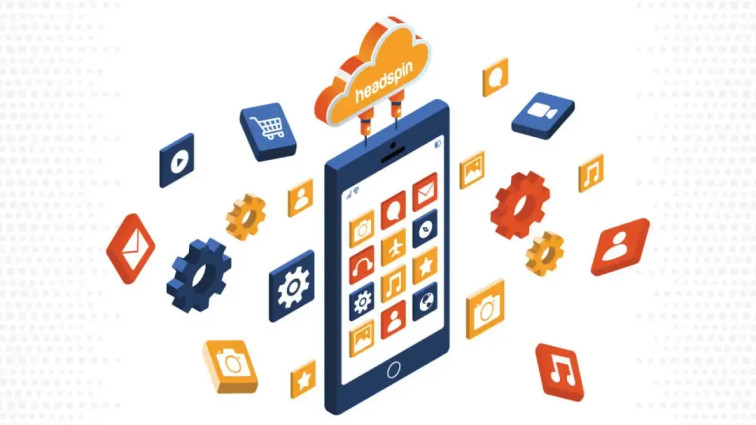In the present world, customers are looking for solutions or apps that are fast and convenient. According to the data from Google, the bounce rate increases by 32% if a customer waits just one to three seconds for a page to load, and 53% of people may abandon a website if it doesn’t load in less than three seconds. Keeping this trend in mind, organizations are trying to build and distribute apps to their customers that are more likely to reduce hassles in a fast-paced environment. This is what digital native is built to handle as a form of technology. It is an experience-driven development model in which the application is developed, designed, and optimized to run on the cloud and deliver high performance in terms of digital experience.
Importance of Digital Native Apps for Global Enterprises
Digital native applications are solutions that are highly scalable and fast on the cloud. These applications use platform-as-a-service tools and microservices, which function as the fundamental of the digital native architecture. Organizations developing digital native apps have completely shifted from the traditional app development process to new advanced testing practices, such as automated testing, a customer-centric model, the agile methodology that transforms the entire DevOps process, and an accelerated production environment. In order to develop high-quality digital native apps in a short period of time, enterprises need to transform their entire teams digitally. However, organizations are currently trying to adopt a hybrid cloud technology model to get total flexibility while deploying their applications. With digital native infrastructure, enterprises can react to the market demand more quickly, help in reducing costs, and be highly scalable. Some of the companies that went ahead and adopted cloud technology to develop digital native apps are Amazon, Facebook, and Google.
